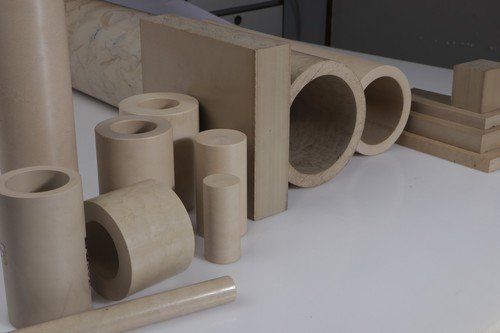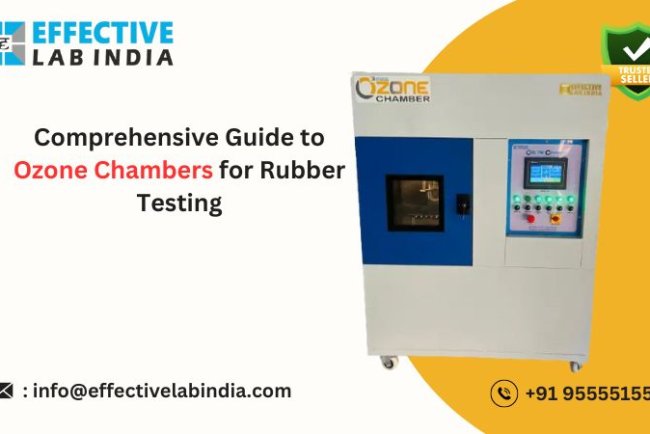PEEK Tubes vs Other Polymer Tubes: Manufacturer Insights
Compare PEEK tubes with other polymer tubes from top PEEK Tubes Manufacturers. Learn why industries prefer PEEK for high-performance applications and how it outperforms alternatives in strength, heat resistance, and durability.

In the evolving landscape of industrial materials, choosing the right polymer tube can make a significant difference in performance, durability, and cost-efficiency. Among various polymer options, PEEK (Polyetheretherketone) has gained exceptional popularity for its high-performance properties. In this article, we compare PEEK tubes with other commonly used polymer tubes like PTFE, PVC, and Nylon, offering insights from experienced PEEK Tubes Manufacturers.
What Are PEEK Tubes?
PEEK tubes are high-performance engineering thermoplastics known for their:
-
Excellent thermal stability (up to 260°C)
-
Superior chemical resistance
-
High mechanical strength
-
Low moisture absorption
-
Excellent dimensional stability
These qualities make PEEK tubes suitable for demanding industries such as aerospace, automotive, medical, and chemical processing.
PEEK Tubes vs Other Common Polymer Tubes
1. PEEK vs PTFE (Teflon) Tubes
| Feature | PEEK Tubes | PTFE Tubes |
|---|---|---|
| Temperature Resistance | Up to 260°C | Up to 260°C |
| Mechanical Strength | Very High | Moderate |
| Wear Resistance | Excellent | Fair |
| Chemical Resistance | Excellent | Excellent |
| Machinability | Good | Difficult |
Manufacturer Insight: While PTFE excels in chemical resistance and low friction, PEEK tubes manufacturers emphasize PEEK’s superior strength and wear resistance for mechanical and structural applications.
2. PEEK vs PVC Tubes
| Feature | PEEK Tubes | PVC Tubes |
|---|---|---|
| Temperature Resistance | Up to 260°C | Up to 60°C |
| Mechanical Strength | Very High | Low |
| UV Resistance | Good | Poor |
| Chemical Resistance | Excellent | Moderate |
| Cost | High | Low |
Manufacturer Insight: PVC is cost-effective but limited to low-temperature, non-demanding environments. PEEK Tubes Manufacturers recommend PEEK for applications requiring high performance and longevity under pressure.
3. PEEK vs Nylon Tubes
| Feature | PEEK Tubes | Nylon Tubes |
|---|---|---|
| Temperature Resistance | Up to 260°C | Up to 120°C |
| Impact Resistance | Excellent | Good |
| Moisture Absorption | Very Low | High |
| Chemical Resistance | Excellent | Fair |
Manufacturer Insight: Nylon is often used for pneumatic applications, but its high moisture absorption leads to dimensional instability. PEEK tubes remain consistent even in humid or chemically harsh environments.
Why Industries Choose PEEK Tubes
Top PEEK Tubes Manufacturers highlight the following reasons for their popularity:
-
Longer Service Life: Reduced wear leads to lower maintenance costs.
-
High Load-Bearing Capacity: Ideal for heavy-duty industrial systems.
-
Resistance to Harsh Chemicals: Perfect for pharmaceutical and chemical processing.
-
Sterilization Friendly: Used extensively in medical devices and surgical tools.
Applications Recommended by PEEK Tubes Manufacturers
-
Aerospace: Fuel systems, insulation, and structural components
-
Automotive: Gears, bushings, and under-the-hood applications
-
Medical: Catheters, implants, and endoscopic instruments
-
Oil & Gas: Downhole sensors and insulation
Conclusion
When comparing PEEK tubes with other polymer alternatives, the superior performance of PEEK is evident across multiple parameters. While the initial cost may be higher, the long-term benefits in terms of durability, reliability, and performance make it a wise investment.
As advised by leading PEEK Tubes Manufacturers, choosing the right tube depends on your application's mechanical, thermal, and chemical requirements—but for critical, high-performance use, PEEK is the preferred choice.
What's Your Reaction?

































